The movie keeps returning to the intersection of race and police work—particularly when focusing on Scottsdale, Arizona-based Axon Technology, formerly Taser, which manufactures stun guns, body cameras, and other technology used by civilian police, military, mercenaries, and private security forces. A spokesperson for Axon keeps inadvertently serving up useful metaphors and ironies on a silver platter, and the movie is more than happy to run with them, as when he gives the film crew a tour of a plant where body cameras and weapons are manufactured, proudly declares that the plant’s open floor plan is a testament to its belief in “transparency” and “candor,” then directs his visitors’ attention to a “black box” area on the second floor where researchers can black out their picture window view of the floor with the touch of a button, to prevent anyone from seeing what they’re up to.
Obviously there’s no single correct answer to be found in any of these detours, a couple of which nearly become narrative cul-de-sacs until the movie recovers and jumps back into the present day. It’s to the credit of Anthony, who wrote and edited as well as directed, and his cinematographer Corey Hughes, that you come away thinking even about parts of the film that might’ve felt like cut-able digressions and undergraduate musings when you were watching them. As a freestanding work, it’s got more problems than can even be described here, but as a gift-bag full of prompts for discussion, it’s hard to beat.
Dean Deacon’s outstanding ambient synth score provides another layer of irony. Evoking naive, retro, high-tech wonder, in the manner of Vangelis’ score for the original “Blade Runner,” it creates a sinister undertow without resorting to obvious tactics. It’s as if the men in ties who are constantly trying to sell the filmmakers and us on the unproblematic marvels of their wares were constantly trying to drown out any worries we might have. There are times when contributes to the all-over-the-place too-muchness of the movie, and not in a helpful way; when Anthony is taking a minute to show us objects rolling through assembly lines or people in an observation room taking place in a study of human eye movements, and Deacon is going to town on the synthesizers, it’s as if we’ve traveled back in time to experience the opening of EPCOT Center at Disney World circa 1979, in the company of philosophy students who got baked on the monorail platform on the way in.
You can view the original article HERE.


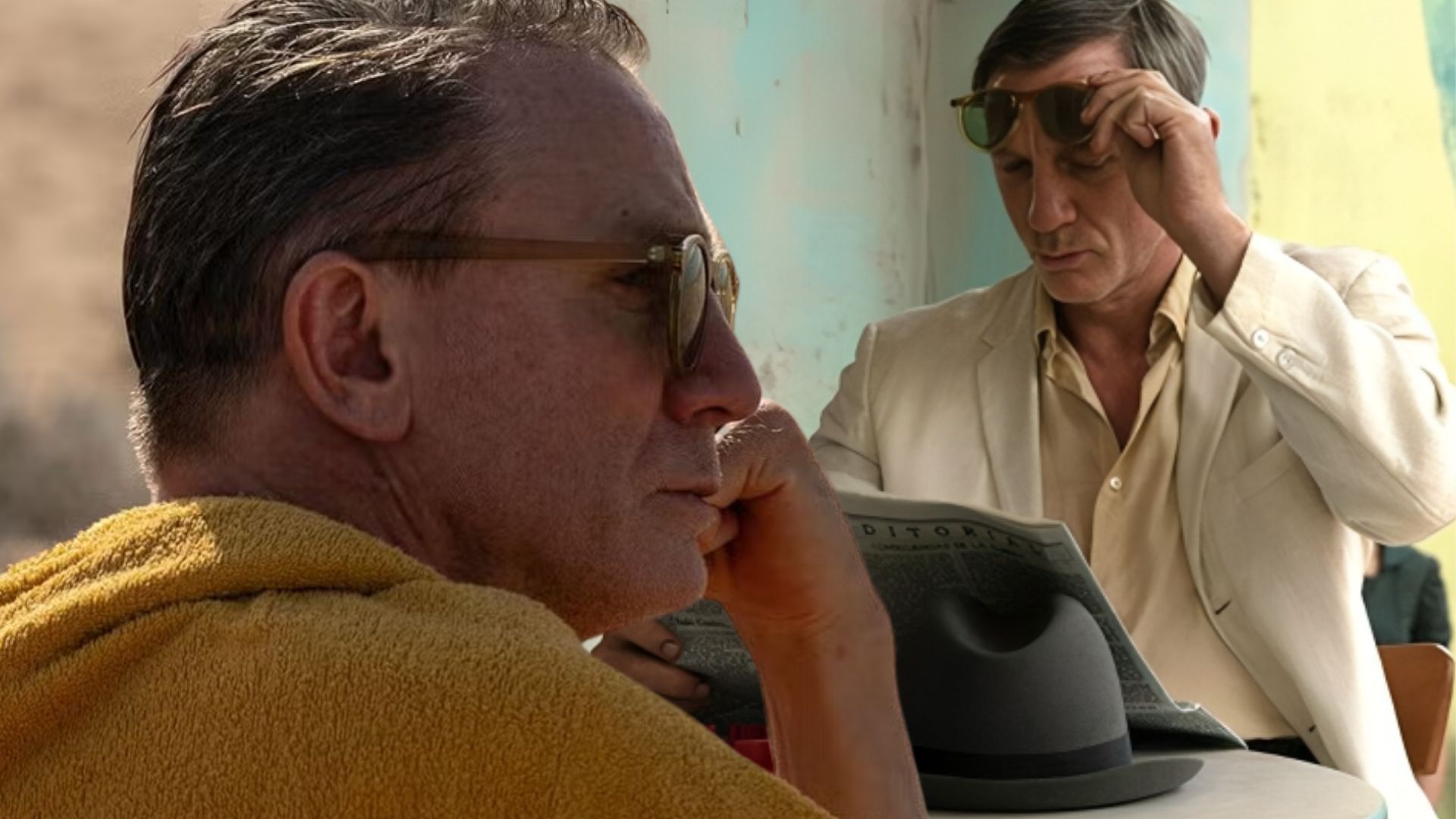
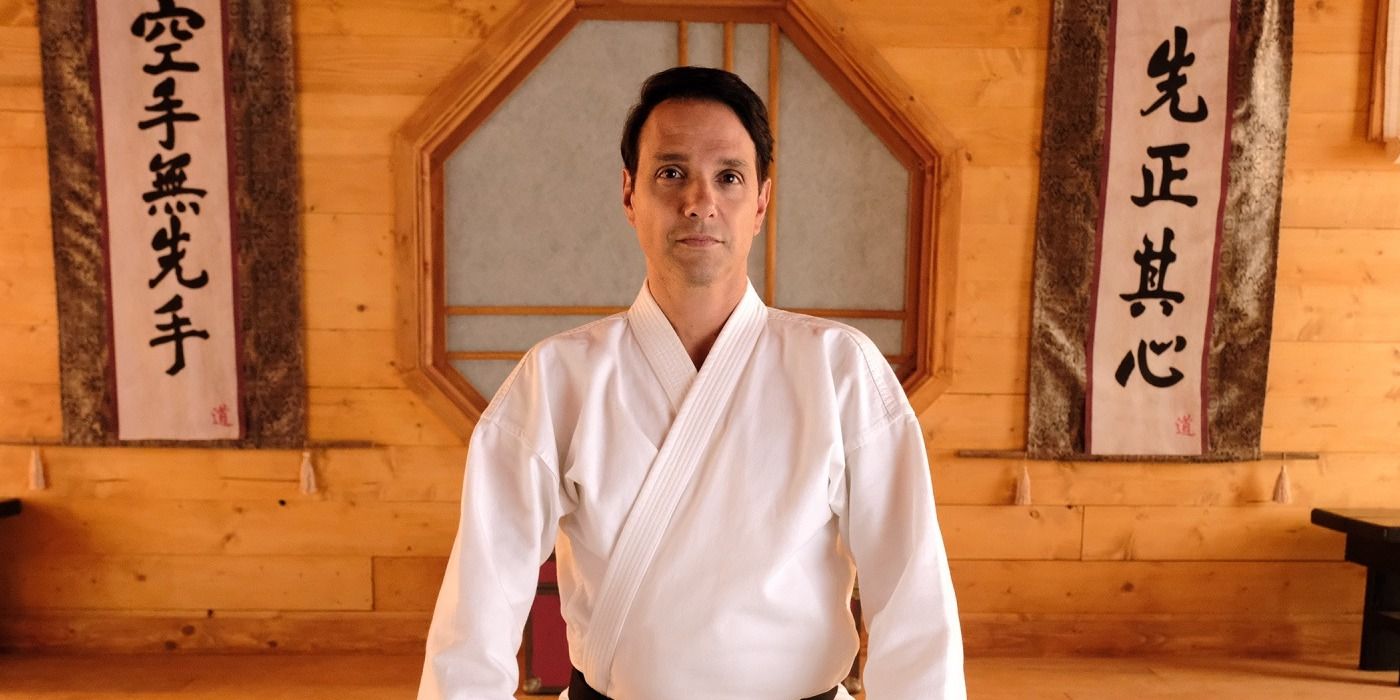

:quality(85):upscale()/2024/08/26/163/n/1922283/64d5eb8566cd4005122c30.42614493_.jpg)
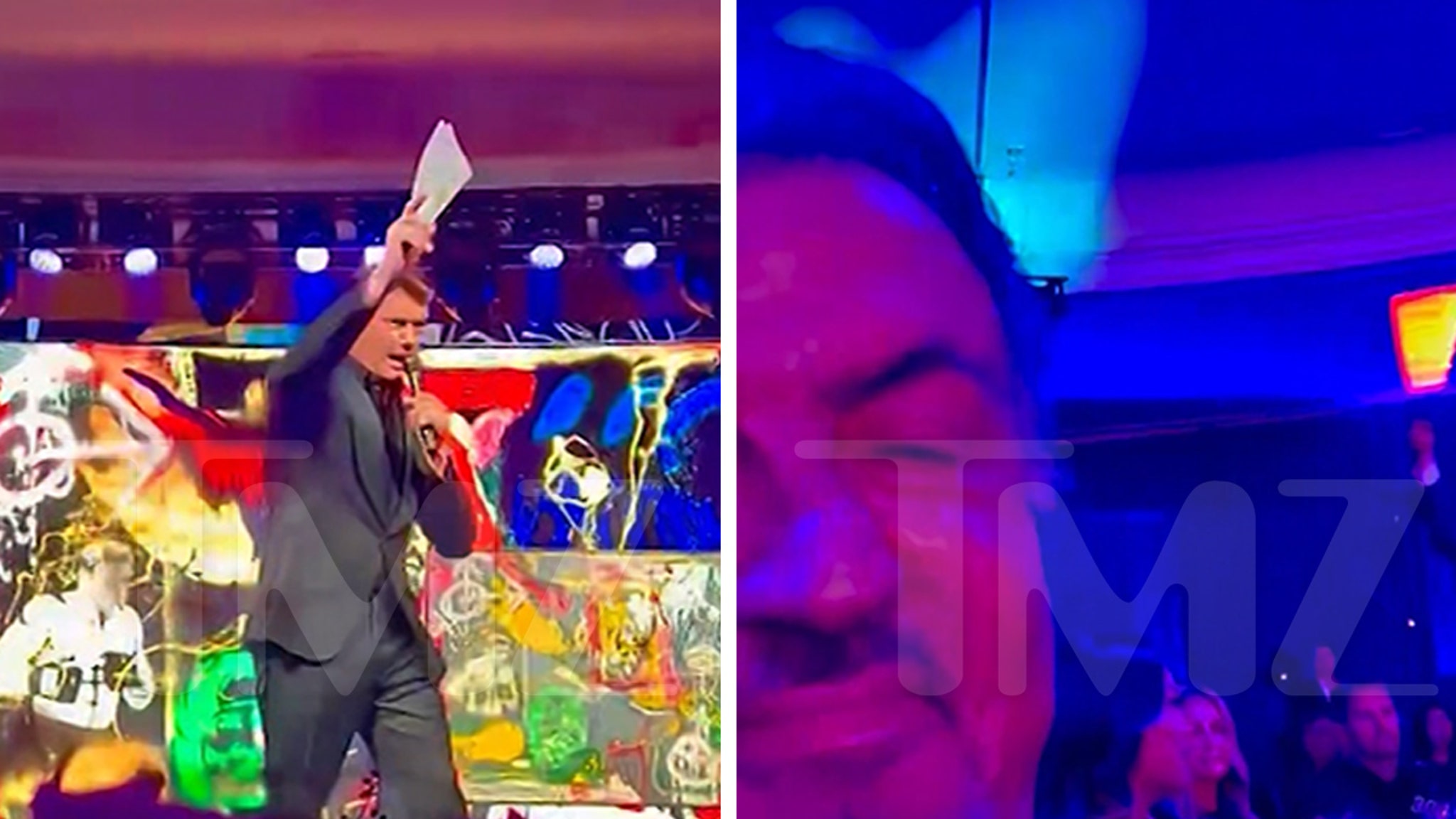



:quality(85):upscale()/2023/10/23/619/n/1922283/41d4a38765367aa91cbc18.43219011_.jpg)
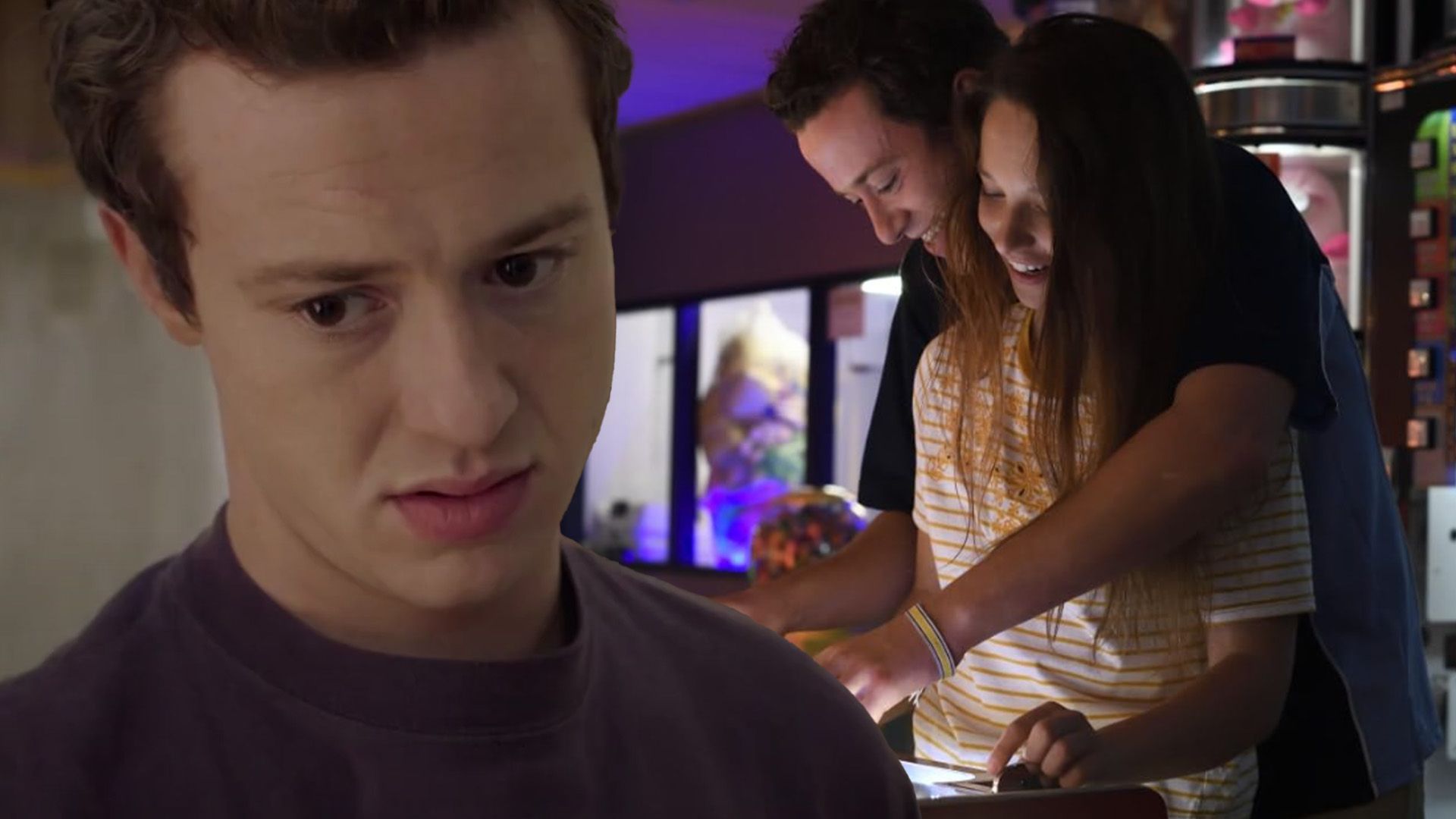
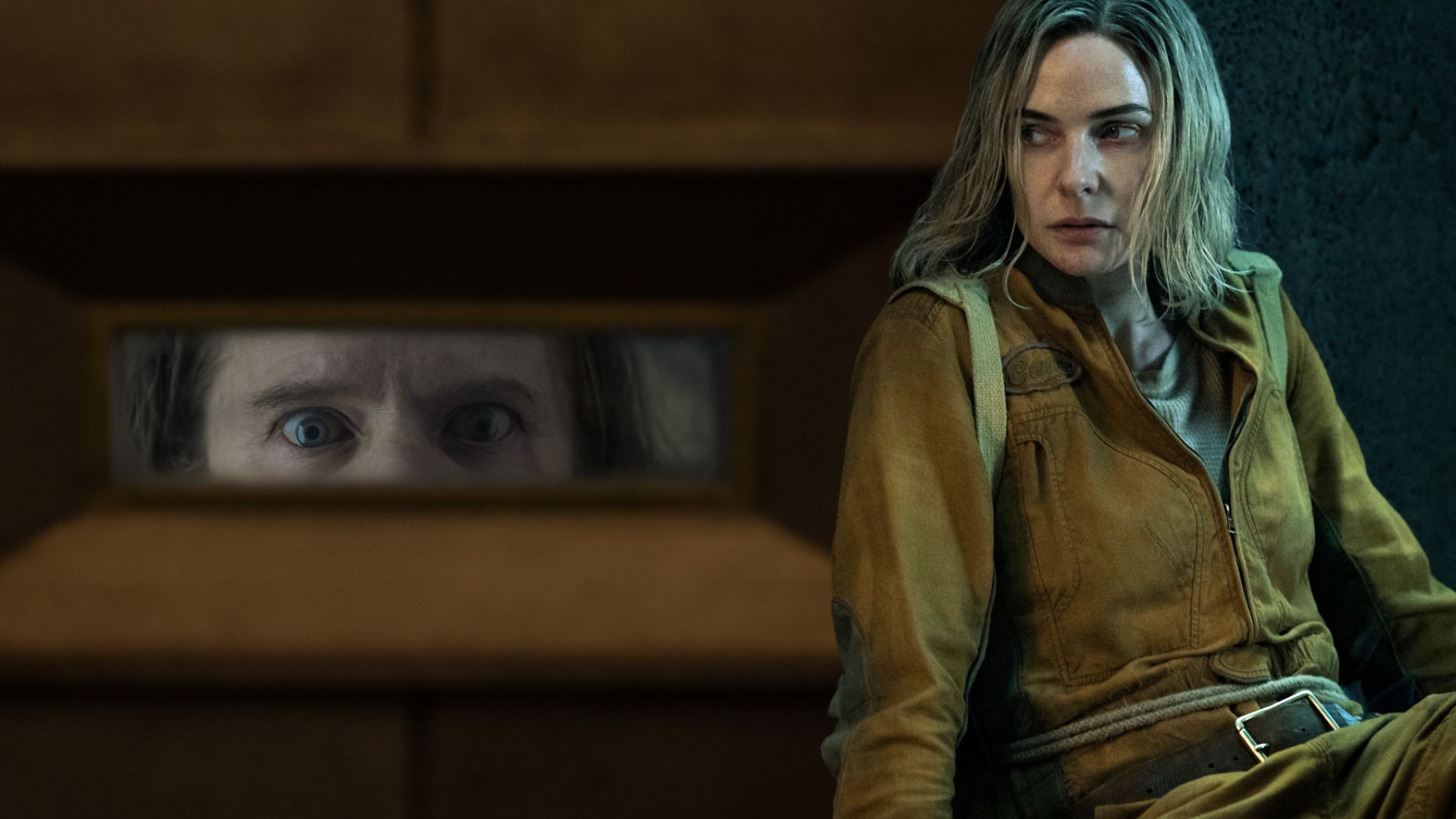

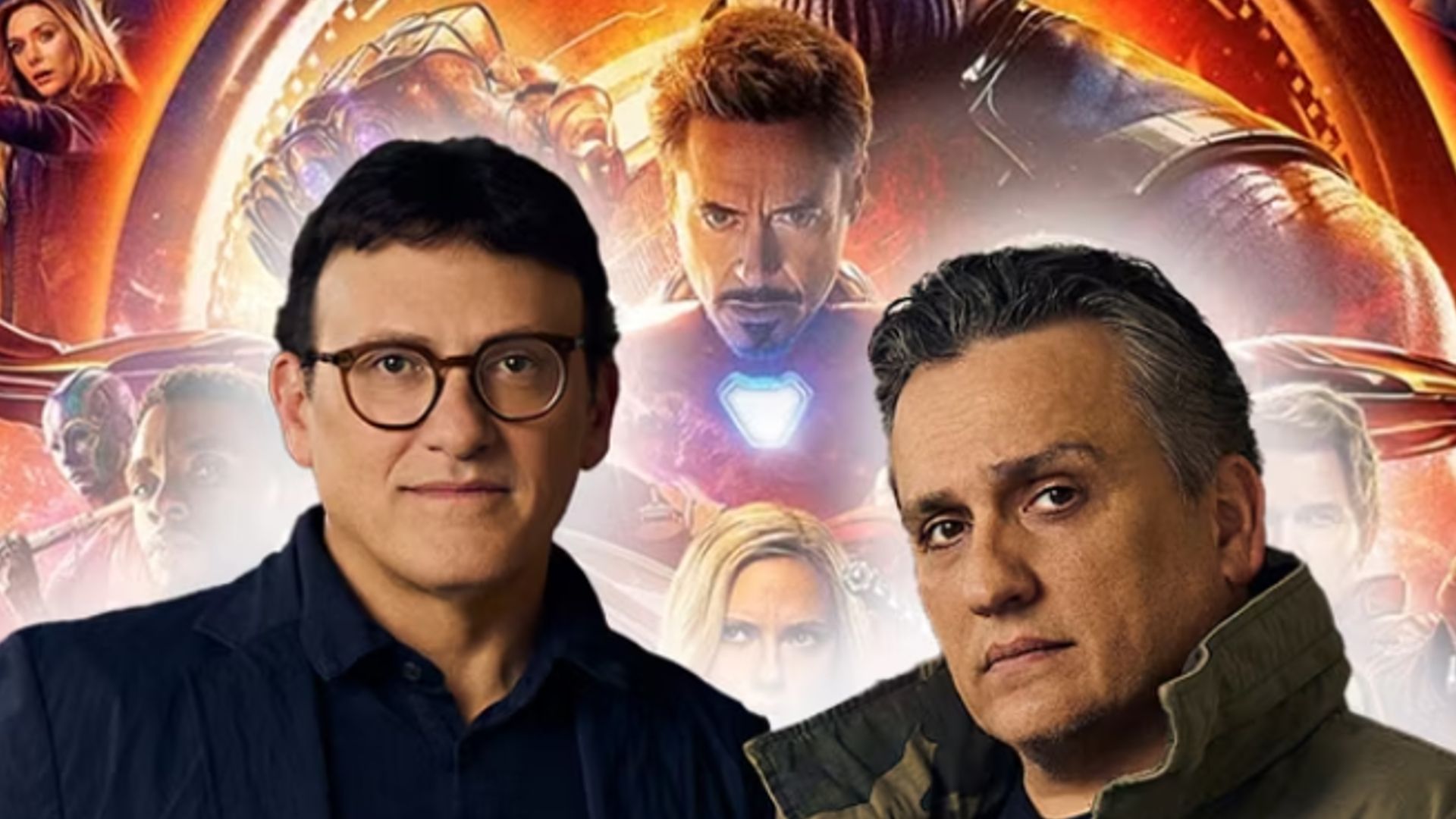
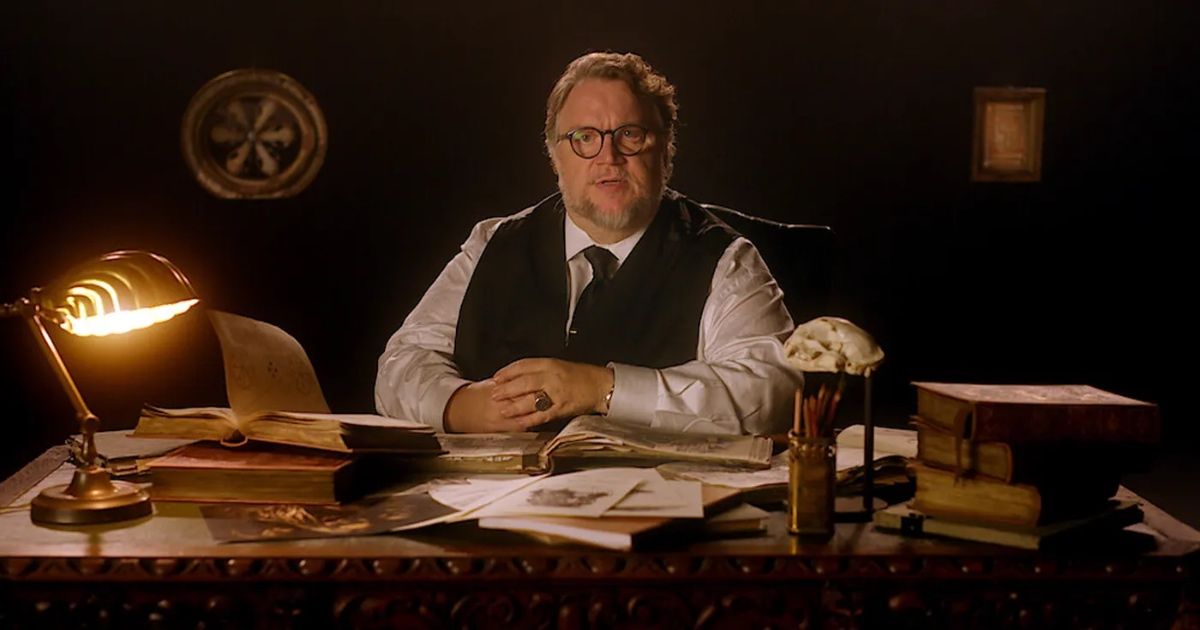
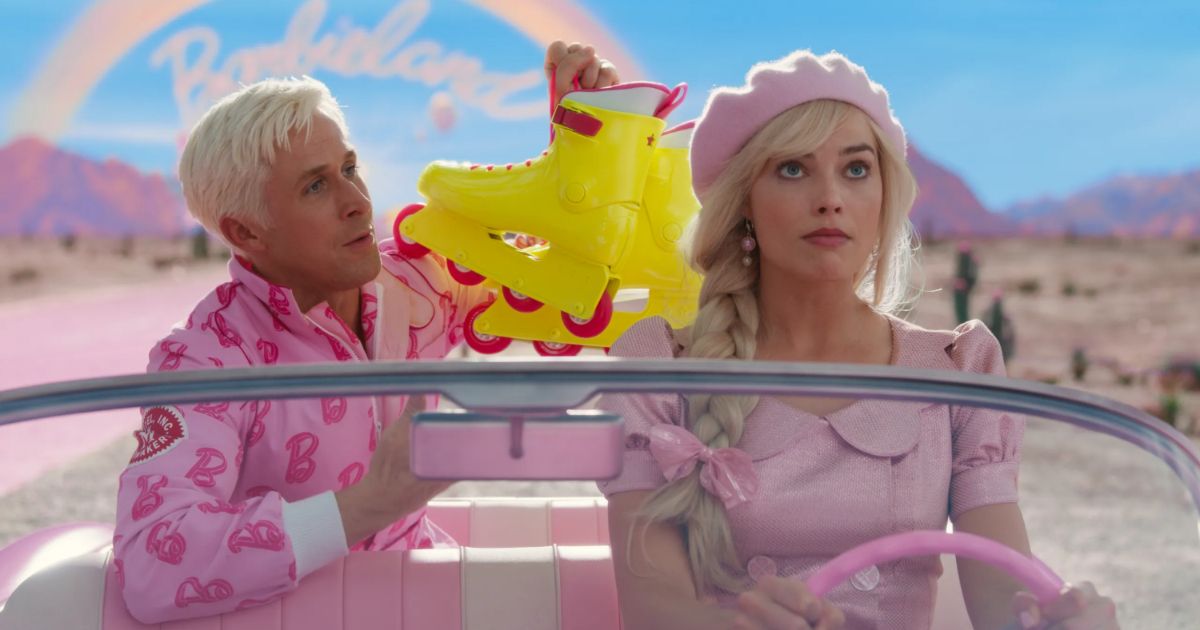
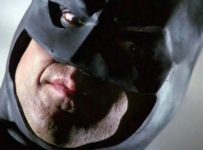


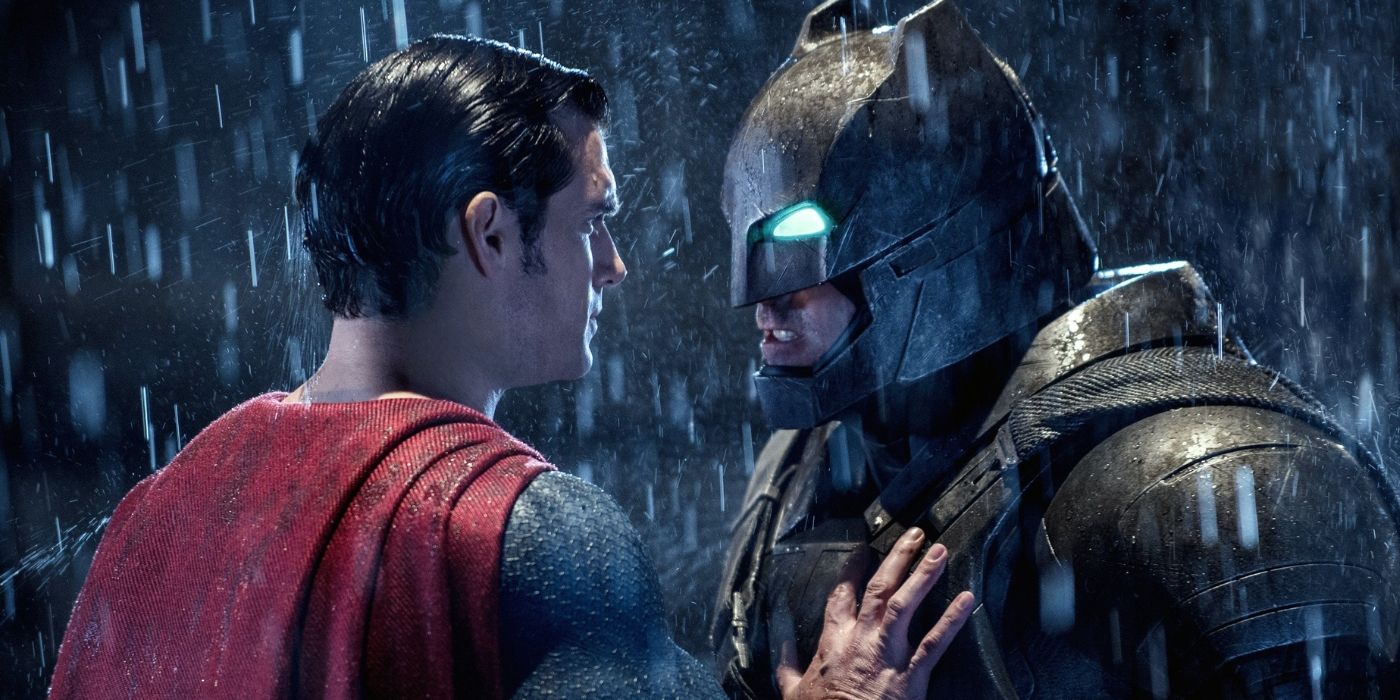

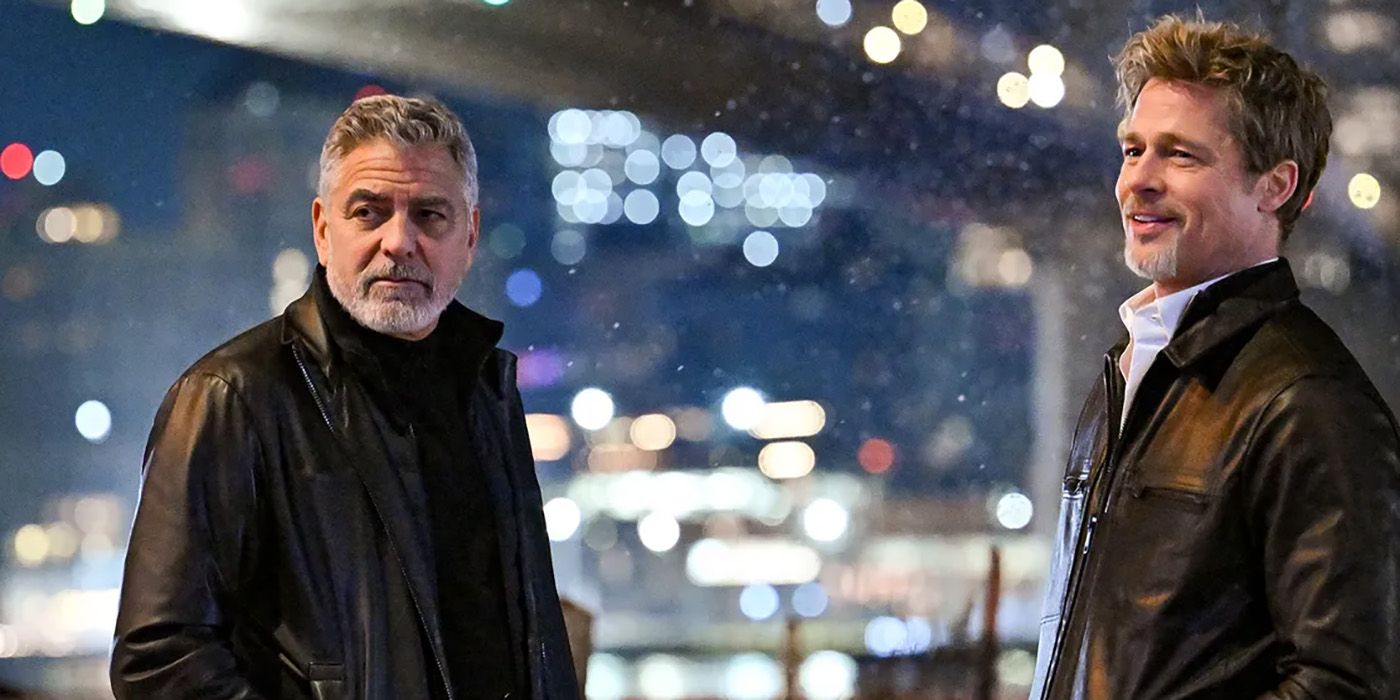




:quality(85):upscale()/2024/11/01/835/n/1922564/bfa93947672525e50f3021.35859863_.jpg)

:quality(85):upscale()/2024/11/07/930/n/1922564/a2d3a981672d2eff2fa4b3.27830525_.png)
